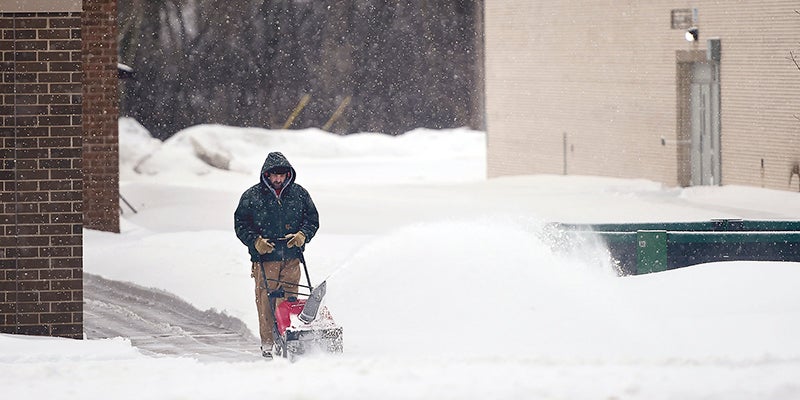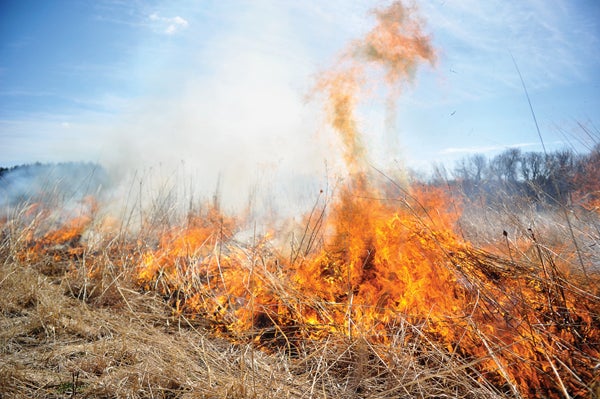Teachers, community combine to help boost graduation rate
Published 7:01 am Tuesday, March 10, 2020

- Achwor Omot form left, Wyatt Wallis and Karacharo Nyikew, pose for a photo with friends before the graduation ceremony from Austin High School last year. Herald file photo
Although Austin High School graduation rates have been on the climb over the past few years, even John Alberts admitted that a 6 percent increase in the 2019 graduation rate surprised even him.
“You’re always hopeful that you will be successful,” and that hard work and a caring staff will result in an upward trend, said Alberts, executive director of educational services at Austin Public Schools. “But when we saw it was over 6 percent – that’s pretty dramatic.”
The Minnesota Department of Education released its report last Thursday on the graduation rates for 2019 seniors. Austin High School clocked in at 84.8 percent — also ahead of the state average of 83.7 percent — a 6.1 percent increase over its 2018 graduation rate of 78.7 percent.
However, Alberts was not at all surprised at how the district got there.
“People are successful when you have people who believe in you; who tell you they believe in you and who are constantly supportive of you,” he said.
He added that there are myriad examples of how school staff, community members, parents and local organizations have worked to support Austin students.
“It could be from making sure a student has a way to get to school; to making sure a student is well-fed; or getting extra support in the classroom – it all starts with a very caring group of adults,” he said. “But the greatest degree of (appreciation) goes to the staff who work so hard and care so much.”
That work is particularly poignant given that there are additional challenges for staff, students and families in the Austin district. Almost 50 percent of the students are from different cultures; of those, about 13 percent are English Language Learners (ELL). ELL teachers work hard, he said, as do success coaches who work with both students and families to create an environment that fosters good learning. In the community, for example, Austin Aspires, a local non-profit organization founded to help broaden the educational experience, has also hired similar staff – called Navigators – to work with younger students and their families.
District teachers have a special something that makes sure students have the best educational experience, he added.
He noted that the district was visited by a team of evaluators from the Baldridge Performance Excellence Program last week. The program provides assessments on educational performance and the team of evaluators observes and interviews staff for a few days. Their observations help the district evaluate different areas of operation.
During their visit, he heard evaluators note more than once “about how caring our instructors were; how much they cared for their students,” he said.
Austin High School’s dropout rate also dropped significantly, from 11.36 percent in 2018 to 7.46 percent in 2019. That follows a state trend that saw a slight decline in the graduation rate from 4.6 percent in 2018 to 4.4 percent in 2019.
Austin High School also followed the 2019 state trend of increased graduation rates for some ethnic and racial student groups. Hispanic students – the largest group outside of white students at AHS – took the largest jump, notching a 77 percent graduation rate, compared to 62 percent in 2018. The drop-out rate dropped from almost 20 percent in 2018, to 13.5 percent in 2019.
Students who qualify for free and reduced meals were also more likely to graduate, with a graduation rate of almost 77 percent, compared to 69 percent in 2018.





